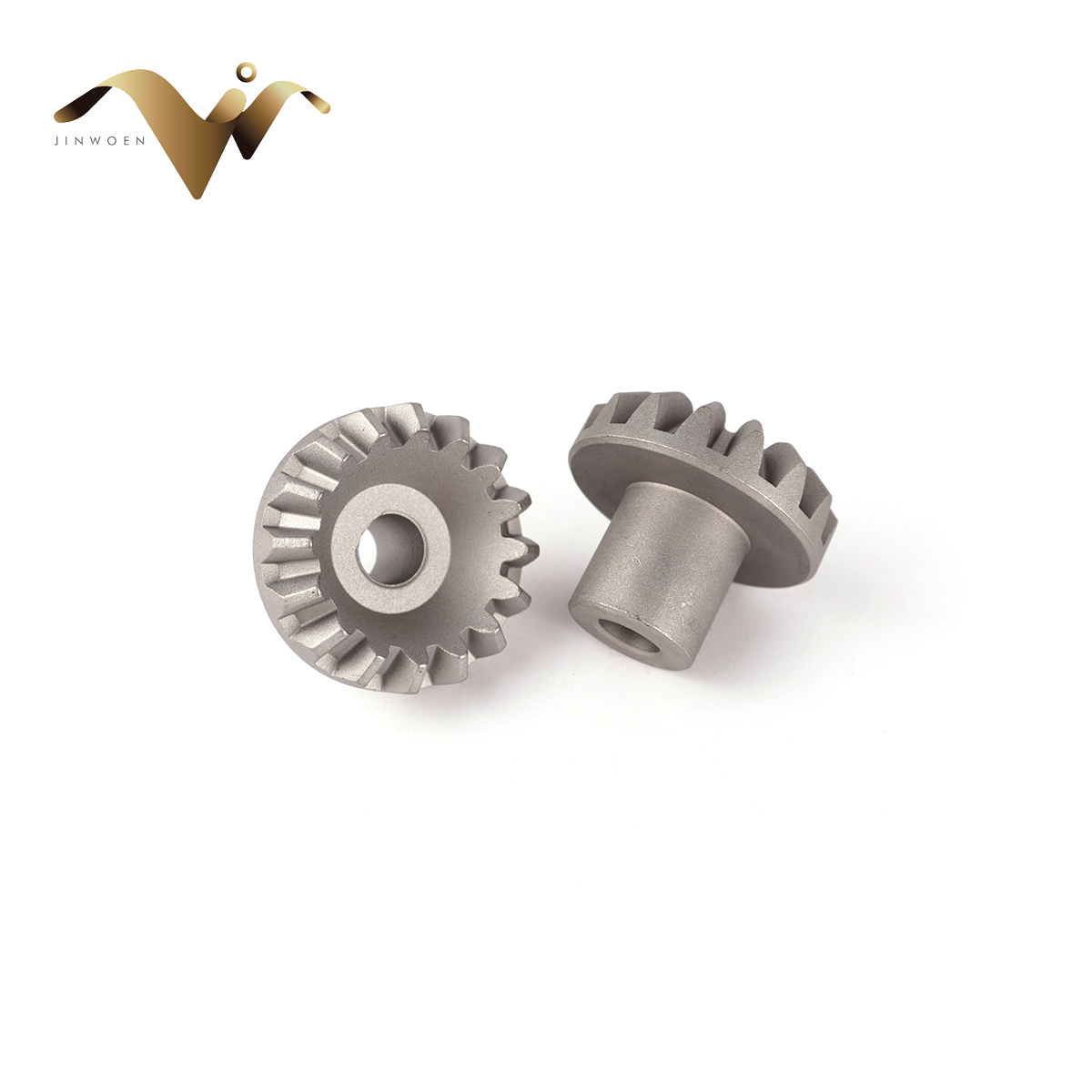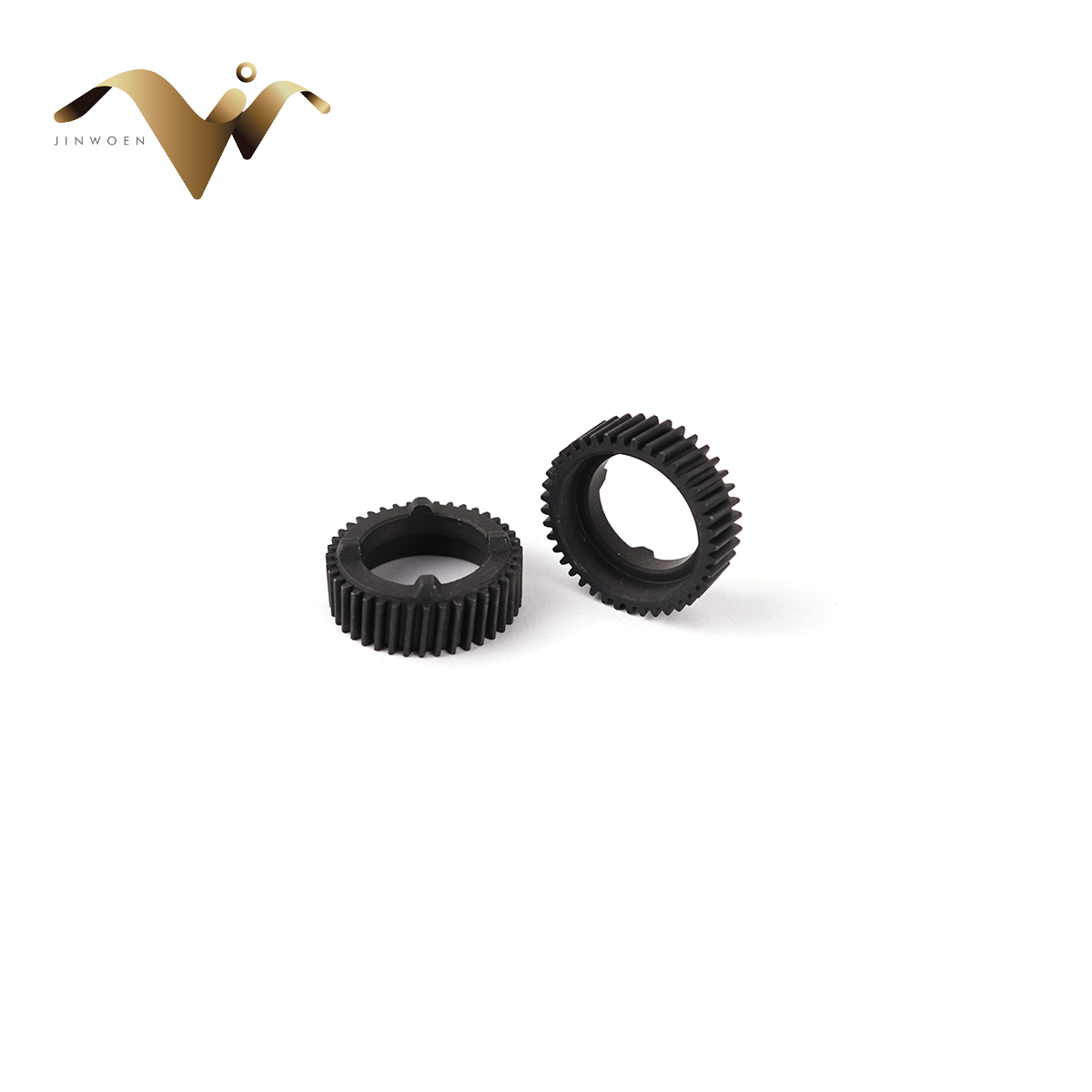What are the Advantages of Powder Metallurgy Parts?
What are the Advantages of Powder Metallurgy Parts?
Powder metallurgy (PM) parts are renowned for their unique advantages,
making them the preferred choice for various industries, including automotive, aerospace, medical, and industrial machinery.
Here’s a comprehensive look at why powder metallurgy parts stand out:
1. High Material Utilization_advantages of Powder Metallurgy Parts
Powder metallurgy is highly efficient in material usage, with up to 95% of the raw material being converted into the final product. This reduces waste, making it a cost-effective and environmentally friendly manufacturing process compared to methods like CNC machining or casting.
2. Complex Shape Capability_advantages of Powder Metallurgy Parts
PM parts can be manufactured into intricate and detailed shapes that are difficult or impossible to achieve with traditional methods like forging or casting. Features such as undercuts, threads, and complex contours can be directly incorporated into the part design without secondary machining.
3. High Dimensional Precision_advantages of Powder Metallurgy Parts
Powder metallurgy parts achieve tight tolerances and consistent dimensions. This precision minimizes the need for additional processing, saving both time and cost in production.
4. Customizable Material Properties_advantages of Powder Metallurgy Parts
Powder metallurgy allows for tailored material compositions, offering specific properties such as:
- High strength for load-bearing applications.
- Corrosion resistance for parts exposed to harsh environments.
- Thermal and electrical conductivity for electronic or heat-transfer components.
- Self-lubrication for wear-resistant bearings and gears.
5. Cost Efficiency_advantages of Powder Metallurgy Parts
The PM process is cost-effective for medium-to-high volume production due to:
- Minimal material waste.
- Reduced need for secondary processes (e.g., machining or finishing).
- High production rates with consistent quality.
6. Improved Mechanical Performance_advantages of Powder Metallurgy Parts
Sintering technology used in powder metallurgy enhances the mechanical properties of parts, including:
- Increased density for better strength.
- Uniform structure for improved durability and performance.
- Reduced porosity for a smoother finish and better wear resistance.
7. Environmentally Friendly Manufacturing_advantages of Powder Metallurgy Parts
Powder metallurgy uses less energy compared to traditional manufacturing methods. Its high material efficiency and reduced emissions contribute to a lower environmental footprint, aligning with sustainability goals.
8. Wide Application Range_advantages of Powder Metallurgy Parts
Powder metallurgy parts are versatile and widely used in various industries, including:
- Automotive: Transmission gears, clutch components, and engine parts.
- Industrial Machinery: Bearings, sprockets, and bushings.
- Medical Devices: Precision surgical tools and implants.
- Aerospace: Lightweight yet strong structural components.
Why Choose JINWOEN® for Powder Metallurgy Parts?
JINWOEN® specializes in producing high-quality powder metallurgy parts with over 40 years of expertise. Our ISO 9001-certified processes ensure precision, consistency, and reliability in every component. Whether you need complex gears, self-lubricating bearings, or custom solutions, our team is ready to deliver exceptional results tailored to your needs.
Powder metallurgy components offer several benefits, including high material utilization, reduced production costs, the ability to manufacture complex geometries, and minimized secondary machining. These parts also have excellent wear resistance, self-lubricating properties, and are ideal for high-performance applications.



















